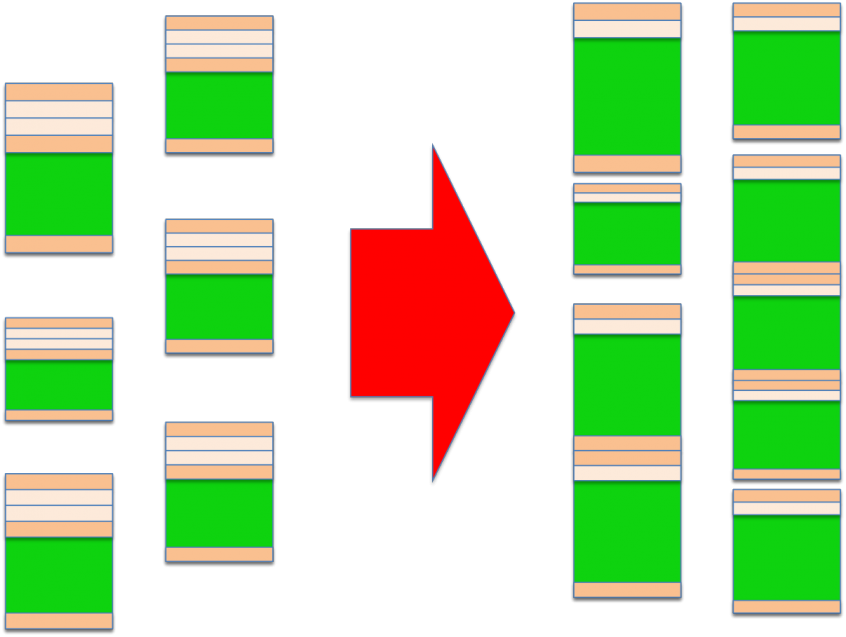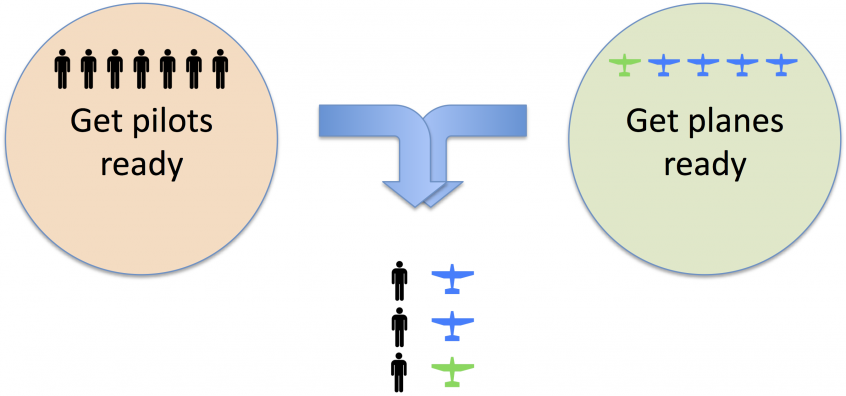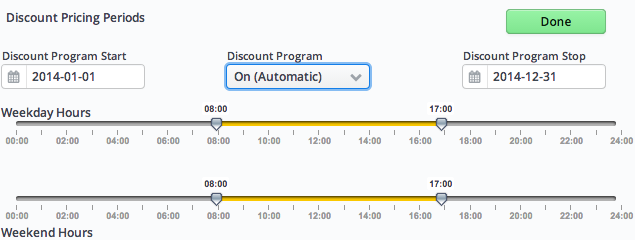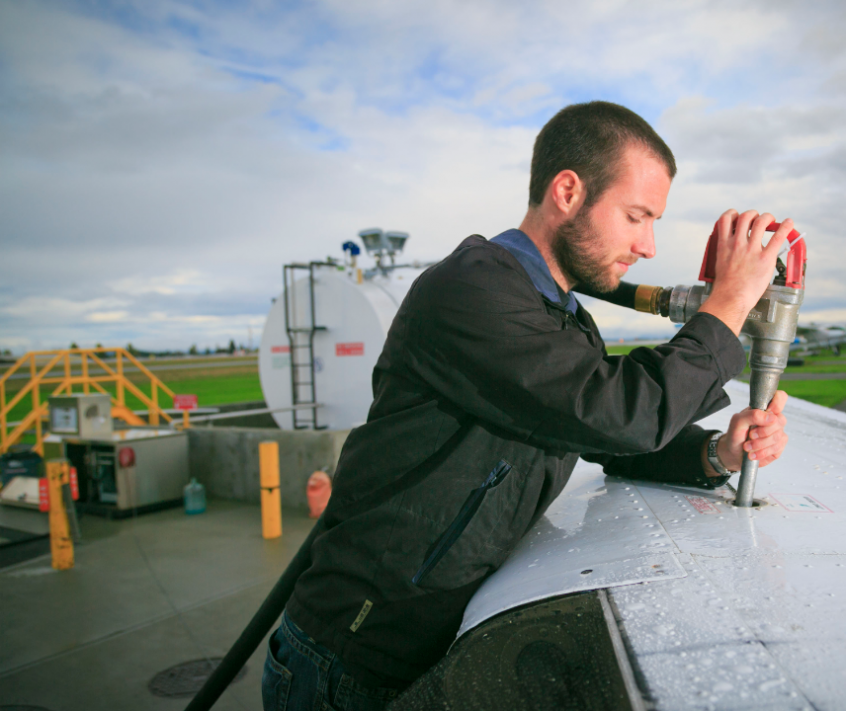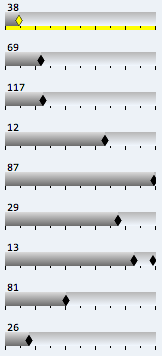Revenue
Key Concept: More revenue per aircraft
Increasing profit starts by increasing revenue, which means getting the aircraft into the air. In order to do that we reduce the gaps between bookings, and reduce the non-flight time inside each dispatch interval. The result is more flight hours and more revenue per aircraft. On the left is a typical booking sheet formed when pilots book specific aircraft. Gaps form between the booking which are too short to fill with another reservation so idle time accumulates. Not good. Time is wasted after dispatch but before the engine starts. Pilots have to deal with exceptions, re-check weather, organize passengers, match with an instructor, etc. With FleetCaptain, a pilot doesn’t get an aircraft until ready to fly, then immediately goes to the plane to begin the pre-flight check. With less down time between bookings, and less wasted time during the booking interval the fleet generates more revenue. It’s like adding aircraft without having to buy any new planes.
Staff focuses their efforts on two processes – one to manage pilots, ensuring they’re well served, organized and ready. The other process manages the aircraft, ensuring that each plane’s landing is anticipated, the aircraft is fuelled if needed, oil checked windows and interior cleaned so that it can be returned to the line ASAP, ready to be assigned to the next pilot.
But any process is only as good as its weakest part. What happens when something goes wrong? A plane gets snagged or a pilot doesn’t show up. FleetCaptain makes exception handling smooth and easy. If an aircraft is snagged, the defect is identified and the defect handling process is put into motion. Meanwhile, each pilot is assigned a plane. No one is grounded when a plane is taken down. If a pilot arrives early or late, or doesn’t show up, or a walk-in customer arrives in the middle of the day – no problem. FleetCaptain takes each pilot when ready and selects the most suitable plane from the queue. The operation remains smooth despite the exceptions.
The revenue generating potential depends on a linkage between people, processes and FleetCaptain. FleetCaptain helps spread demand on a daily basis, pushing more flying hours to the early morning and late afternoon times – which tend to be under-utilized. Optional daily discounts are calculated and reported by FleetCaptain leading to demand spreading, again getting the most from the fleet.
The result is more hours, on fewer planes – significantly increasing revenue potential.
Costs
Key Concept: Reduce fixed costs
FleetCaptain allows a flight school to operate fewer, newer aircraft instead of a larger number of older aircraft. Newer aircraft have a lower maintenance cost profile and are not subject to some of the specific problems of older aircraft such as corrosion, fatigue etc. Operating fewer aircraft with more flying hours on each aircraft spreads insurance premiums, reduces management overhead and decreases costs associated with inventory. Cost per hour decrease as hours per aircraft increase.
No more fuelling after every flight or two. Top off most planes then fly them until they need fuel. Get 3 or 4 flights for every trip to the pumps. Fight line workers can direct more time to serving customers on the ramp.
FleetCaptain helps ensure that planes come due for maintenance one at a time. FleetCaptain helps mechanics plan their inventory and work schedules. With good administration, fewer exceptions and less variation in the workload staff get more work done in less time.

